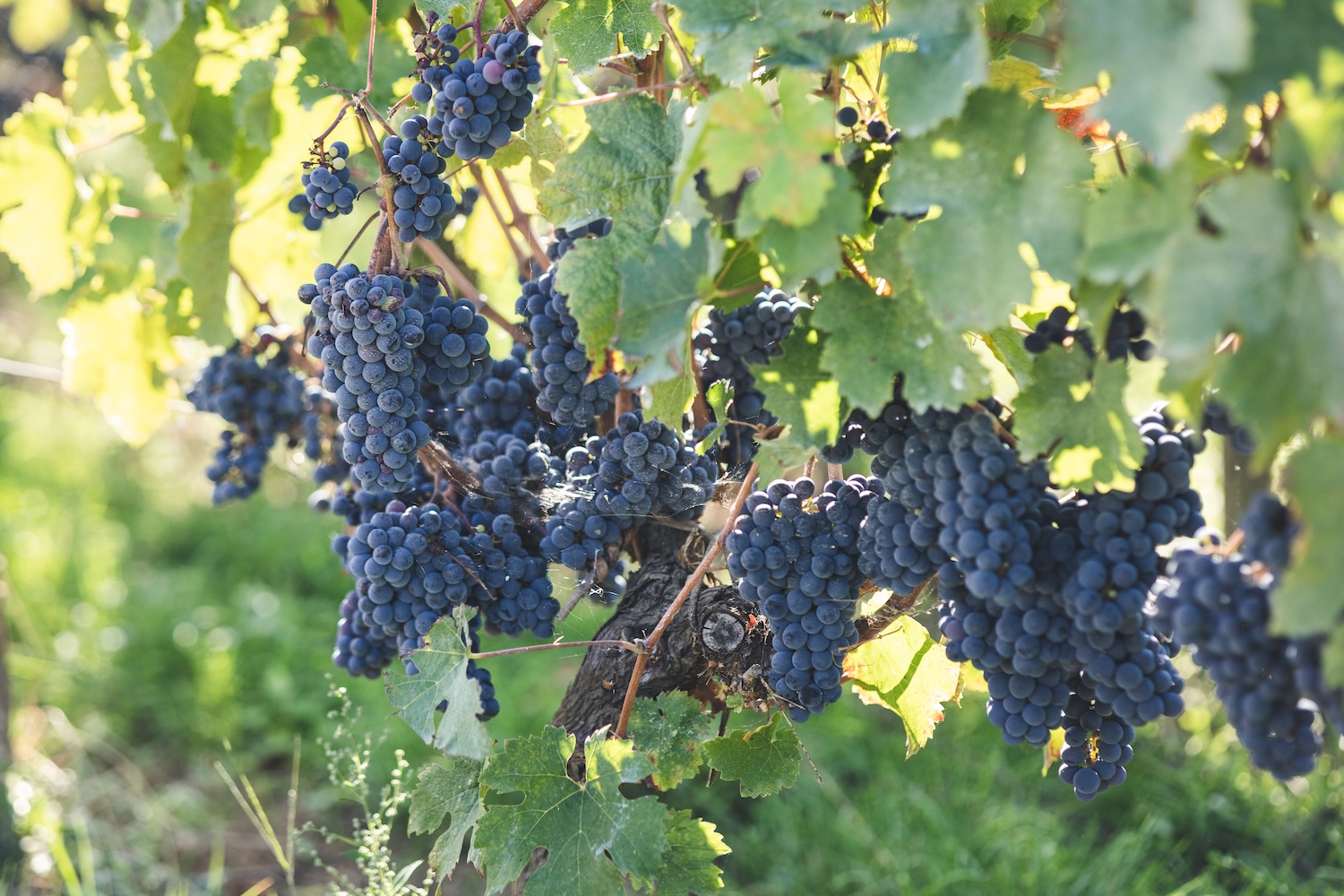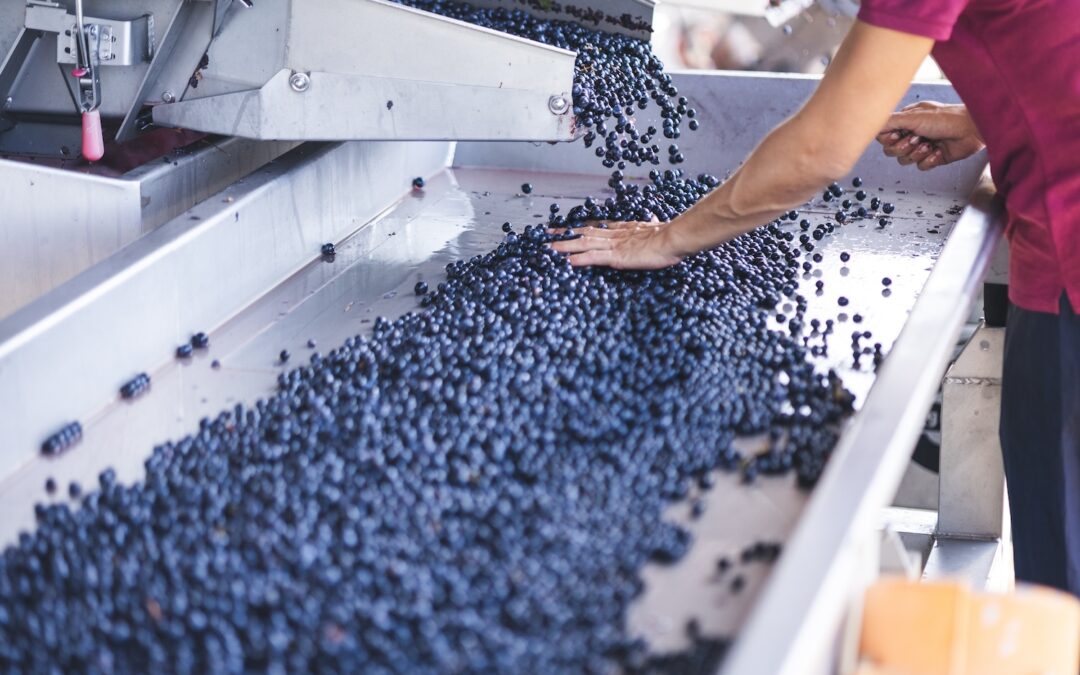A Vintage Born of Heat and Resilience
The 2025 growing season in Bordeaux will be remembered for one defining trait: heat.
From Saint-Émilion to the Médoc, vignerons faced a summer of record temperatures, scarce rainfall, and some of the earliest harvests ever recorded. Yet, despite the challenges, many are calling 2025 a “remarkable” and potentially great vintage; rich, structured, and deeply expressive of terroir.
Wine consultants like Hubert de Boüard and Simon Blanchard have described it as a “marathon vintage”, one that tested the endurance of vines and vignerons alike, but could reward them with wines of exceptional character if balance is achieved.
Spring – Early and Dry
After a mild winter that replenished groundwater, spring arrived early and dry, setting the stage for quick budburst and flowering.
According to Météo-France, spring temperatures averaged 34°F above normal, and rainfall was well below average after April.
The result was uniform flowering, low disease pressure, and an optimistic start to the season.
Summer – Intense Heat and Hydric Stress
By mid-June, the heat was on, quite literally. June 2025 was one of the hottest ever recorded in France, second only to 2003.
Bordeaux vineyards saw weeks above 95°F, with temperatures peaking around 107°F during the mid-August heatwave.
As Le Figaro Vin reported, “the heat wave blocked berry growth,” resulting in smaller grapes and reduced yields, but greater concentration.
Despite the stress, disease remained nearly absent, a silver lining after several recent years of mildew challenges. “Two small rainfalls in August would have saved 5–10% yield,” one grower told Vitisphere.
August & September – Early Harvest and Perfect Conditions
The heat pushed ripening forward, leading to the earliest harvests ever recorded at top estates like Château Troplong Mondot, which began picking on August 28, nearly two weeks ahead of schedule.
Luckily, late August and early September brought stable, dry, and cool nights, creating near-perfect conditions for harvesting.
Regional Highlights Across Bordeaux
Right Bank: St-Émilion, Pomerol, Fronsac
Clay and limestone soils on the Right Bank provided the area with natural resilience. In Saint-Émilion, vines retained good freshness despite the heat, producing small, aromatic berries.
In Pomerol, some estates delayed harvest slightly to ensure full phenolic ripeness, risking higher alcohol but gaining texture and depth.
Overall, expect deep color, supple tannins, and ripe Merlot fruit balanced by minerality from the region’s cooler nights.
Left Bank North: Médoc, Margaux, Pauillac, St-Estèphe
The gravelly soils that define the Left Bank enhanced drought stress during the summer.
Younger vines struggled, but old Cabernet Sauvignon vines with deep roots thrived.
Cool Atlantic breezes helped preserve acidity, especially in Margaux and Saint-Julien.
Expect structured, age-worthy reds with dense tannins, reminiscent of 2022 but slightly fresher.
Left Bank South: Graves and Pessac-Léognan
Early drought slowed vegetative growth, but dry whites show excellent promise.
Sauvignon Blanc and Sémillon reached aromatic maturity without disease, producing crisp yet ripe wines with notes of tropical fruit.
Sweet Regions: Sauternes and Barsac
For the sweet wine regions, the story is more uncertain. The absence of late-summer humidity could limit the development of Botrytis cinerea (noble rot), which is essential for the production of classic Sauternes.
Since September did not bring morning mists, 2025 may favor dry or semi-sweet cuvées rather than fully botrytized wines.
Small Yields But Mighty Production
France’s Ministry of Agriculture forecasts the 2025 national wine production at around 36 million hectolitres (951 million gallons), 16% below the five-year average.
In Bordeaux, specifically, volumes are expected to match those of 2024 but remain 15% below average due to smaller berries and vineyard restructuring.
Yet, what’s lost in quantity may be gained in quality. The Conseil Interprofessionnel du Vin de Bordeaux (CIVB) confirmed the grapes were “small but perfectly healthy,” with excellent ripeness and color intensity.
What to Expect from 2025 Bordeaux
| Style | Expected Character | Quality Outlook |
|---|---|---|
| Red Wines | Deep color, rich tannins, moderate acidity, and aromatic concentration | Excellent: Comparable to 2022 in structure |
| Dry Whites | Ripe tropical fruit, good aromatic freshness, lower acidity | Very good: Stylistically ripe and expressive |
| Sweet Wines | Limited botrytis, possibly fewer dessert cuvées | Uncertain: Quality depends on late humidity |
| Overall Vintage | Concentrated, balanced, and precise if well-managed | “Potentially great” (Vitisphere) |
Winemakers summarize 2025 as a year of “precision viticulture” where timing, canopy management, and harvest decisions mattered more than ever.
As Vitisphere put it, “the vines ran a marathon, not a sprint.”
Final Thoughts: Heat, Humanity, and Hope
The 2025 Bordeaux vintage stands as both a testament to the region’s adaptability and a glimpse into the future of winemaking under a warming climate.
Vines that endured the summer heat yielded smaller, deeply flavored grapes, the kind that make memorable wines when handled with care.
Whether you favor the plush Merlots of Saint-Émilion or the structured Cabernets of Pauillac, 2025 promises wines of density, precision, and personality, if in limited quantities.
And for wine travelers, the stories from this harvest will make future year’s tastings in Bordeaux even more special!

Sources:
- Vitisphere, “2025 a tout d’un très grand millésime à Bordeaux” (July 2025)
- Vitisphere, “2025 grand millésime en cinq points clés pour les vins de Bordeaux” (Sept 2025)
- Le Figaro Vin, “Les quantités de vin produit en 2025 revues à la baisse” (Oct 2025)
- Météo-France, “Bilans climatiques 2025”
- Le Monde, “Canicule: les températures supérieures à 40 °C se banalisent” (Aug 2025)
- Decanter, “Classified St-Émilion Estate Begins Earliest Ever Harvest” (Aug 2025)
- Reuters, “Hot, Dry Weather Seen Pushing French Wine Output Below Five-Year Average” (Sep 2025)

Recent Comments